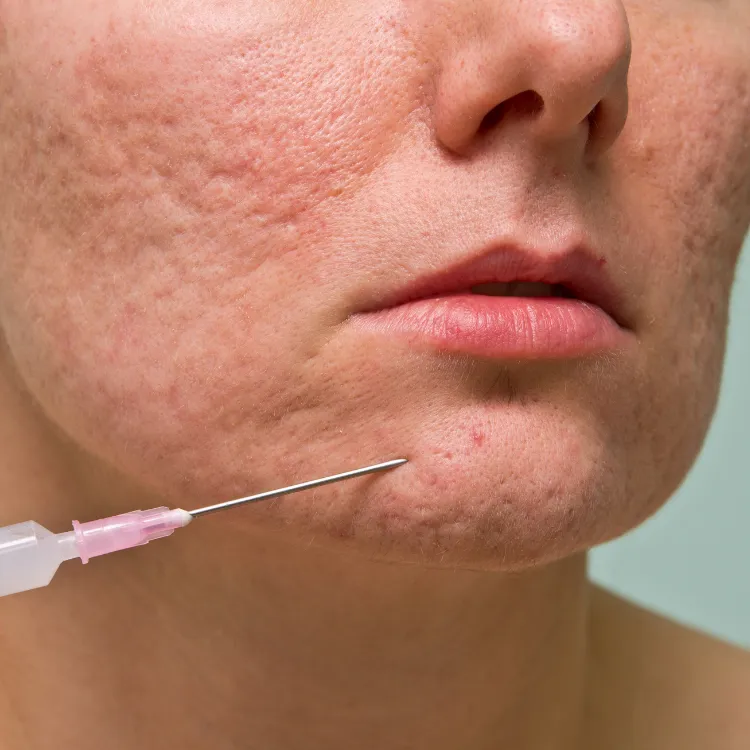Chemical Peel
Chemical peeling is one of the most commonly applied methods to achieve brighter, more vibrant skin. This treatment, preferred by many, renews the skin, helping to eliminate imperfections and enhance overall aesthetics. By removing dead skin cells from the surface, chemical peels create a smoother, more radiant appearance. But what exactly is a chemical peel, and how is it performed?
Chose Your Topic
Get in Touch
Get professional treatments in Turkey at Lygos Clinic, offering effective, affordable treatments for a healthier and more aesthetically pleasing life.
You can contact us via WhatsApp and Instagram for a quick response.
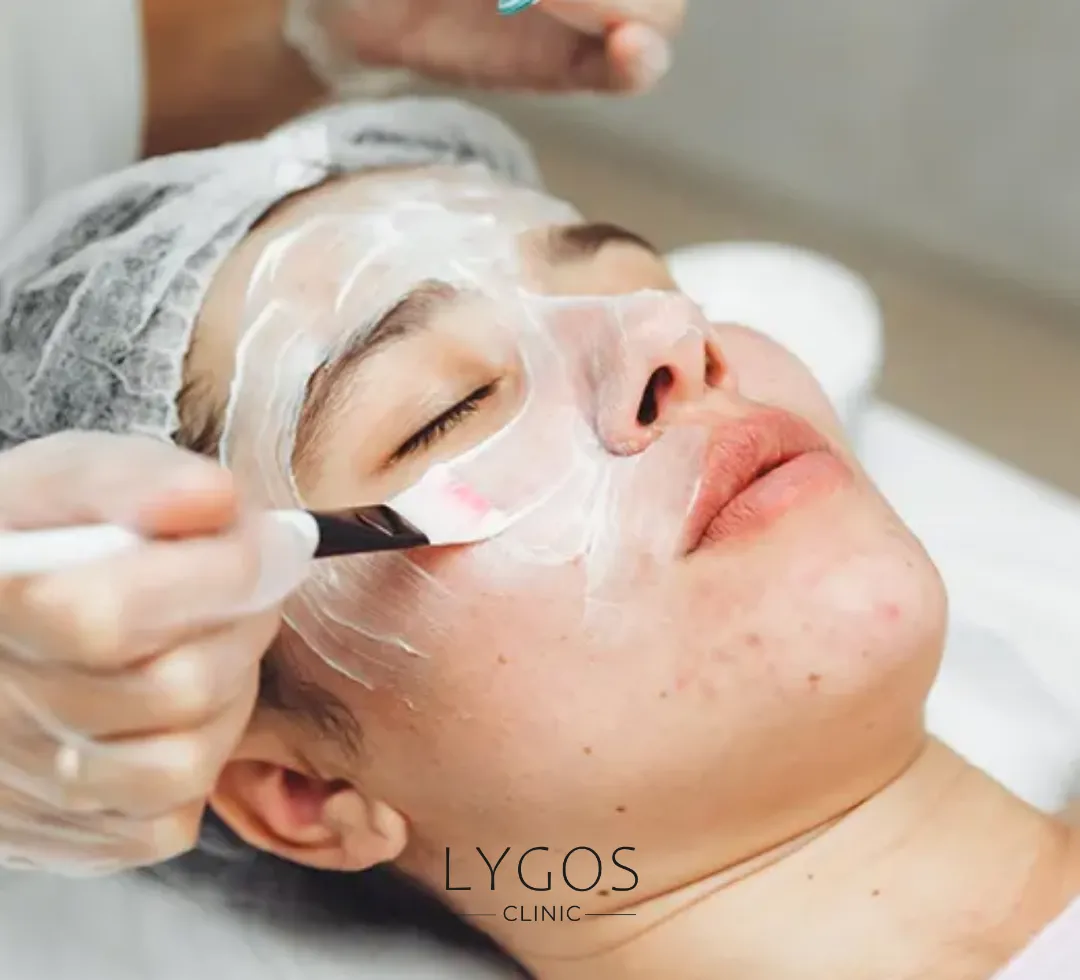
What is Chemical Peel?
A chemical peel is a cosmetic treatment designed to improve the skin’s appearance by inducing controlled damage. This deliberate exfoliation stimulates the skin’s natural regenerative processes, increasing collagen and elastin production. The key to its effectiveness lies in the carefully adjusted depth of penetration, which varies based on the patient’s specific concerns.
Chemical peels work by treating skin lesions and imperfections. Depending on the formulation and intensity, the peel may target the upper, middle, or deep layers of the skin. As the top layer sheds, the skin renews itself, resulting in a healthier and more youthful look.
Common chemical agents used in peels include alpha hydroxy acids (AHAs), salicylic acid, trichloroacetic acid (TCA), and Jessner’s solution.
How is Chemical Peel Done?
Chemical peels can be applied to three different skin depths: superficial, medium, and deep. The suitable type is determined after a professional evaluation to ensure the best outcome for the patient.
1. Superficial Chemical Peel
This peel targets the epidermis (the top skin layer). The skin is first cleansed to prevent infection. During the procedure, mild stinging, burning, or redness may occur—these are temporary side effects. Superficial peels help treat acne, dryness, and uneven skin tone. Typically performed in 4 to 8 sessions, treatments are spaced 1 to 4 weeks apart.
2. Medium Depth Chemical Peel
This peel penetrates both the top and middle layers of the skin. Local anesthesia may be used to minimize discomfort. After the procedure, the skin may appear red and start to crust and peel, revealing healthier skin underneath. This type of peel is generally performed in 2 to 4 sessions.
3. Deep Chemical Peel
The deep chemical peel reaches the upper, middle, and deeper layers of the skin. It is usually performed under anesthesia and is typically done as a single session due to its intensity. It provides more dramatic results and is reserved for more severe skin issues.
Which Skin Problems Is Chemical Peel Applied For?
Chemical peels address a wide range of skin conditions by promoting skin renewal and improving texture and tone. It is particularly effective for:
- Melasma
- Acne vulgaris
- Senile lentigo (age spots)
- Seborrheic keratosis
- Periorbital and postlesional hyperpigmentation (dark circles under the eyes)
- Actinic keratosis
- Photoaging
- Acne scars
Are There Side Effects of Chemical Peel?
When performed by a qualified specialist under sterile conditions, chemical peels are generally safe. However, complications may arise if the procedure is not carried out properly. Risks include:
- Hyperpigmentation or spotting
- Worsening of acne
- Local skin infections
- Prolonged redness
- Allergic reactions
- Activation of herpes
- Permanent scarring
To minimize these risks, it’s essential to undergo the treatment under the supervision of a specialist doctor in a medical facility.
Chemical Peel Damages
There are many different chemical peel brands available. Since each person’s skin type and concerns vary, it’s important to select the appropriate formulation. A consultation with a skin specialist is essential to determine the most suitable brand.
Patients with allergies to specific ingredients must be particularly cautious and should always check the product’s components before application. Additionally, the treatment depth (superficial, medium, or deep) requires the use of specifically formulated products for optimal results.
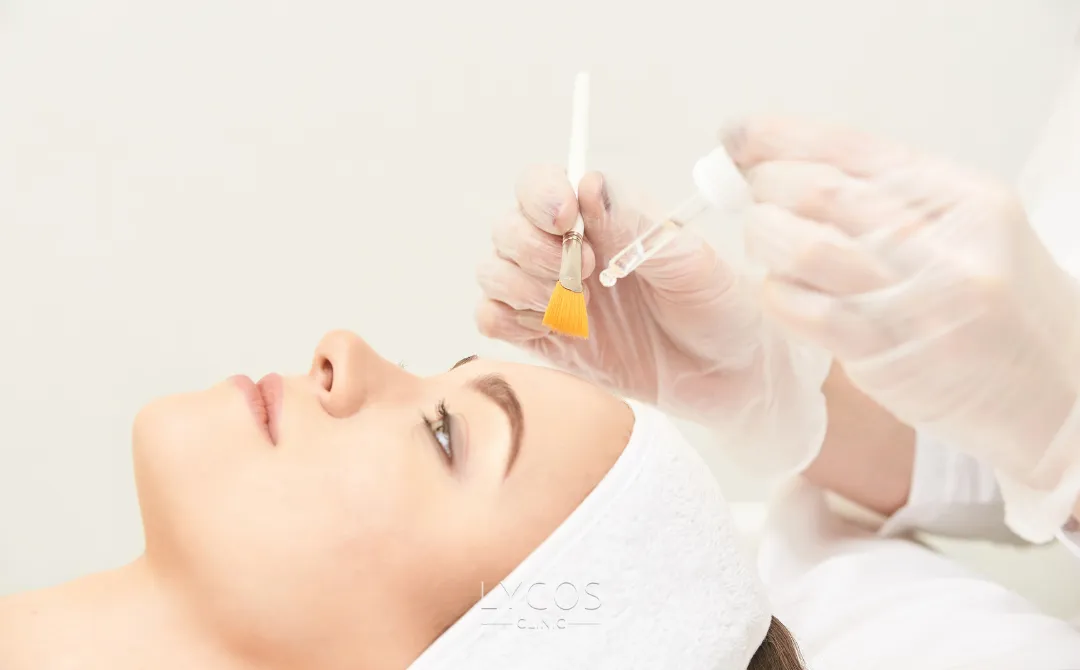

Chemical Peel Brands
After a chemical peel, post-treatment care is crucial for recovery and to enhance results. In the first week, it’s important to use moisturizers and soothing products consistently. Gentle cleansers should be used to maintain hygiene without irritating the sensitive skin.
Sun protection is also essential broad-spectrum sunscreens must be applied daily. Cortisone creams may be prescribed to ease redness or burning. For individuals with darker skin tones, this step is especially important to prevent hyperpigmentation.
Makeup with mineral ingredients can typically be used after 24 hours. However, direct sun exposure and tanning devices like solariums should be avoided for at least two weeks.
Following your doctor’s recommendations, attending follow-up appointments, and using prescribed medications will help ensure a successful outcome.
Skin Care After Chemical Peel
Skin care after chemical peel is very important. This care both shortens the healing process and makes the result look better. Moisturizing and soothing products that should be used especially in the first week should be continued regularly. Cleaning the skin, which has a sensitive structure, with cleansing products also prevents possible problems.
In skin care after chemical peel, sunscreen should also be used to protect from sunlight. In addition, cortisone creams may be recommended for conditions such as redness and burning that occur after the treatment.
This is even more important for patients with dark skin color, as their skin is at risk of staining. In skin care after chemical peel, mineral-containing make-up materials can be used after the first 24 hours. It is recommended to wait at least two weeks for direct exposure to sunlight and to enter machines such as solarium.
Apart from the details above, the doctor's recommendations should be followed in skin care after chemical peel. Care should be taken to use the medications prescribed by the doctor. The patient, who should not disrupt the examinations, should go to the controls regularly. In this way, the desired appearance will be achieved as soon as possible.

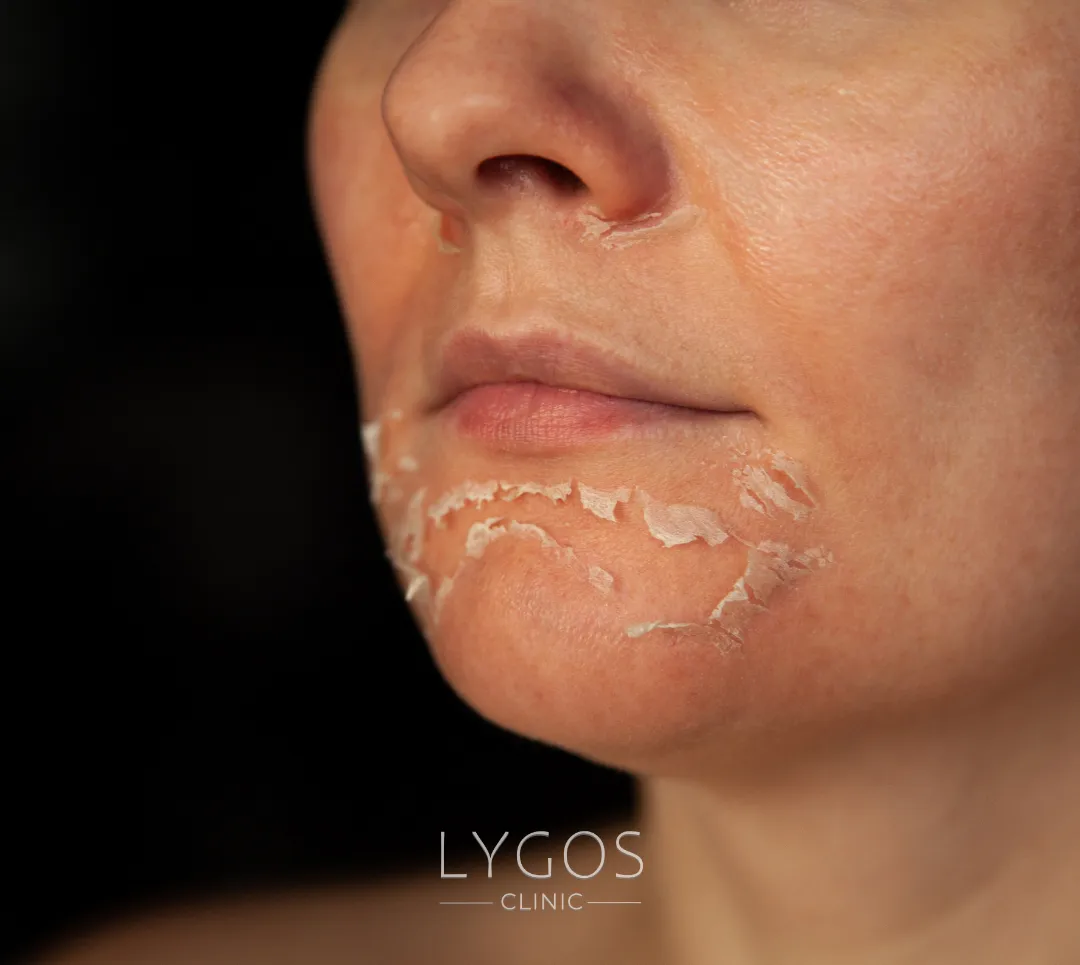
Crusting After Chemical Peel
It’s normal to experience temporary side effects after a chemical peel, especially moderate to deep peels. One common effect is crusting. This typically resolves within a week and is a sign of the skin’s healing process.
It’s essential not to pick or peel the crusts, as this can result in scarring. Once the crusting subsides, the skin appears healthier, smoother, and more radiant. As treatments continue, patients often notice increasingly youthful and refreshed skin.
Before and After Chemical Peel
The difference between the skin’s appearance before and after a chemical peel is usually noticeable. Patients often experience visibly smoother, brighter, and more youthful-looking skin, contributing to increased self-confidence.
As collagen and elastin production is stimulated, lesions are treated and overall skin tone improves. These effects become more pronounced with each session, leading to high levels of patient satisfaction.
Proper adherence to pre- and post-treatment care instructions plays a key role in achieving safe, effective, and long-lasting results.


Chemical Peel Costs
The cost of a chemical peel depends on various factors, including:
- The depth of the peel (superficial, medium, or deep)
- The number of sessions required
- The chosen peel brand and formulation
- The clinic’s facilities and the doctor’s experience
Due to these variables, it’s not possible to give a standard price. For accurate and personalized cost information, you can contact the expert team at Lygos Clinic.
Get in Touch
Get professional treatments in Turkey at Lygos Clinic, offering effective, affordable treatments for a healthier and more aesthetically pleasing life.
You can contact us via WhatsApp and Instagram for a quick response.
Frequently Asked Questions About Chemical Peel
BLOG

Is Breathing Through the Mouth Harmful?
Chose Your Topic Is Breathing Through the Mouth Harmful? Breathing is one of the most fundamental needs of life. However,
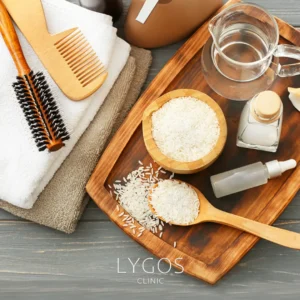
Does Rice Water Make Hair Grow? | Benefits of Rice Water
Chose Your Topic Does Rice Water Make Hair Grow? Natural methods in hair care have become quite popular in recent

Breast Lump | Types: Benign, Malign and Causes | LYGOS 2025
Breast Lump While cancer stands out as one of the most common health problems today, early diagnosis rates are also

